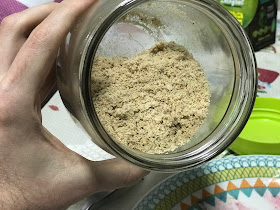Photo: Artur Corumba (flickr.com)
License: CC 2.0 Generic
In Southern Brazil, we call it aipim. It is pronounced as something like "ipeen" with the 'n' said almost as in 'ing' words in English, the 'i' as in 'kite', the 'ee' as in 'sleep', and the stress falling on the second syllable. Aipim ≈ "ipeen".
Whatever the name, this all-purpose tuber, which has a brown skin and is white inside, can be compared to the potato in usefulness in the kitchen. Both are extensively used in Brazil.
To my taste, foods in general made from cassava, whether savory or sweet, are better than their potato counterparts. The exceptions are few, like crispy roast potatoes. This is far from unanimous, however; to many people, potato dishes taste better.
Unlike the potato, though, yuca must be thoroughly cooked before it is used in recipes in general. Check out the video below to see how this is done:
Video doesn't show up? Watch here.
Images: Suelen Mapelli
Presentation/Editing: Diego Mandarino
Music: https://www.bensound.com
- Cooked aipim
- Fried aipim chunks
- Yuca chips
- Matchstick/shoestring yuca fries
- Mashed cassava
- Toasted cassava flour
- Fried cassava flour (farofa)
- Tapioca
- Manioc bread
- Manioc cake
- Aipim "cuca" (Brazilian crumb cake loaf)
Photos: Diego Mandarino









Adding one of the best uses of cassava: together with coconut milk, it forms the base of the shrimp "bobó". I think it might be worth a post explaining what coconut milk and "azeite de dendê" is, and the origin of the name bobó! Greetings my friend !!
ResponderExcluirNice!! Thanks for the suggestion!
ResponderExcluir